5 Strategies That Make Trader Joe’s so Successful
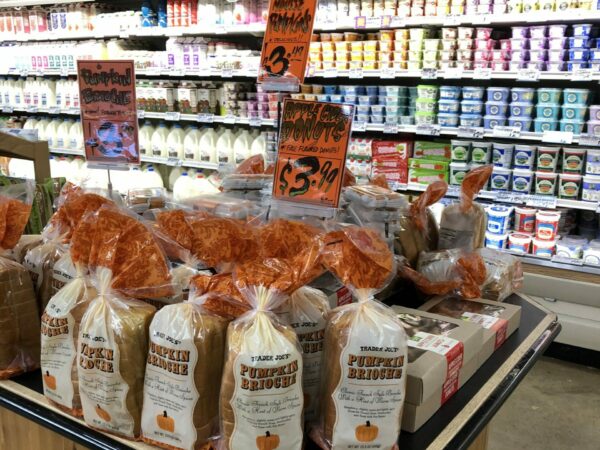
While Trader Joe’s is a grocery store favorite for many, ever notice how different it is to other grocery stores, yet is still so successful?
From the freezer to no sales to the small scale. Let’s go over some of their iconic differences, and how fascinating of business strategies they are.
Freezer
Honestly, until I learned about this, I didn’t even realize that this experience was solely at Trader Joe’s. Their freezers are coffin cases essentially open-top cases, with no door. This implementation is so beneficial to their strategy.
As customers were not squinting through potentially fogged glass, daring to open a freezing door, or worse holding it open to take a closer look at an item.
Instead, there’s no door or height barrier for the products to plop into our eyes and hands.
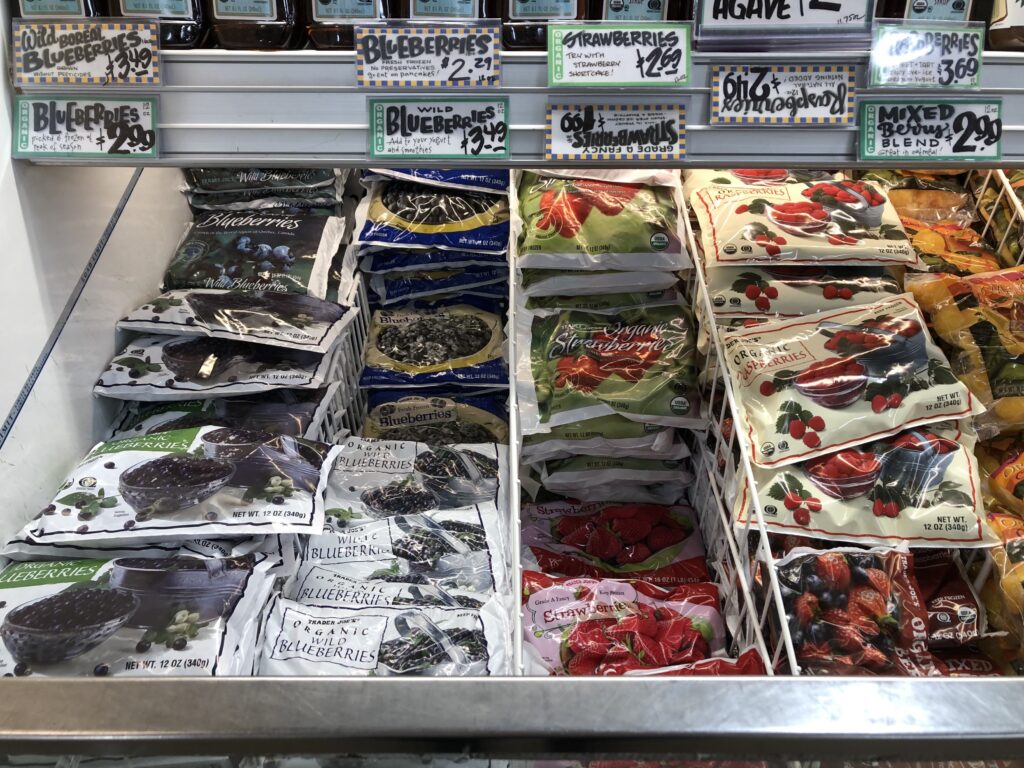
Minimalism
Typical grocery store items: 50,000. Trader Joe’s: 4,000. Yet we seem to still find everything – okay, maybe not everything – we need. It is just that the amount of products per product is less.
What does that mean? Essentially instead of having numerous kinds of peanut butter – both in brands and types – TJ’s has salt, no salt, roasted salt, and roasted no salt peanut butter. At another grocery store, you may find those types plus that duplicated across various brands and expanded to even more variations. We’ll discuss their branding strategy later.
But this concept of fewer items makes it easy for customers to not feel overwhelmed. Talk about quality over quantity. You don’t even have to compare the per-ounce costs between jars of peanut butter, plus TJ’s aims at reasonable prices.
Another example is cereal. Other grocery stores have a whole aisle dedicated to cereal. My local Trader Joe’s has chips, shampoo, bars, granola, shelf-stable milk, and cereal all in one aisle. Plus the aisle itself is smaller than other grocery stores. The small feel undoubtedly makes Trader Joe’s a returning place for most of us…
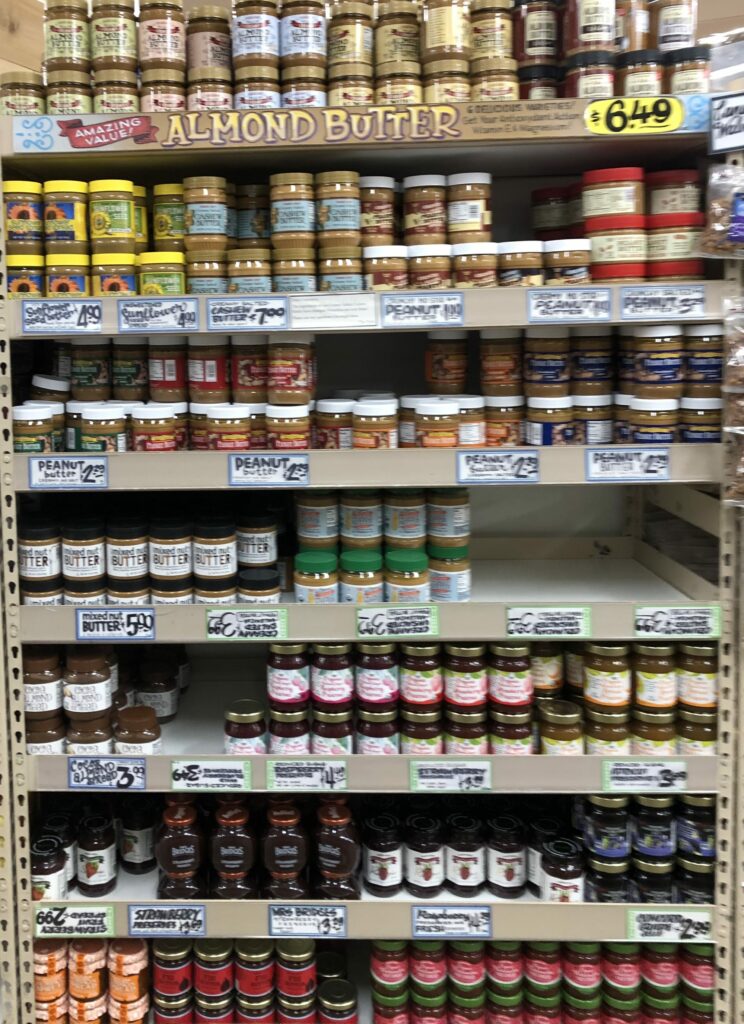
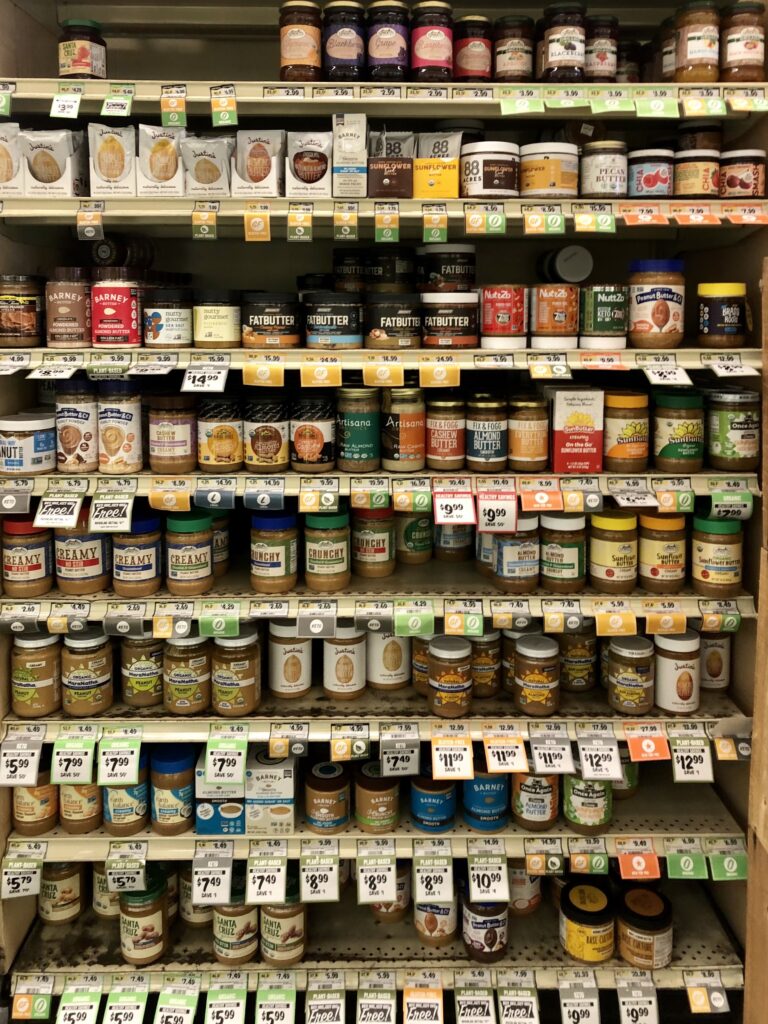
Note that in the image to the left only the top half of the shelf is filled with nut butter, while essentially the whole shelf on the image to the right is filled with nut butter.
Trader Joe’s Feel
You’ve probably recognized the Hawaiian theme i.e. the flowers, the uniform, the presence of wood, but did you know the vibe spreads to their employees?
The manager is called a Captain and the other roles are Crew, Merchant, Mate, and Office Crew. The company prides itself in feeling like “your neighborhood grocery store“. They have handwritten signs, intentionally hire friendly outgoing people, and, as we’ve mentioned, are small. I don’t know about you, but the feeling I have of being in an industrialized supermarket in Vons is quite different than my experience at Trader Joe’s.
Changing – Sales or Shelves?
One thing that’s exciting about going to Sprouts or Whole Foods is to find sale treasures. Sprouts, for instance, has a weekly newsletter showcasing everything that’s for sale that week (in addition to their monthly sales).
But Trader Joe’s doesn’t have deals or sales. So how do they keep us interested? New products by discontinuing. Perhaps you’ve been angry to never see one of your staple purchases on their shelves anymore, but they pay you back with their constant new products. Who doesn’t love the adventure of Trader Joe’s new items?
And again, the perk of already having a limited amount of items, is when new ones come in, they particularly stand out (especially also because they place them right upfront).
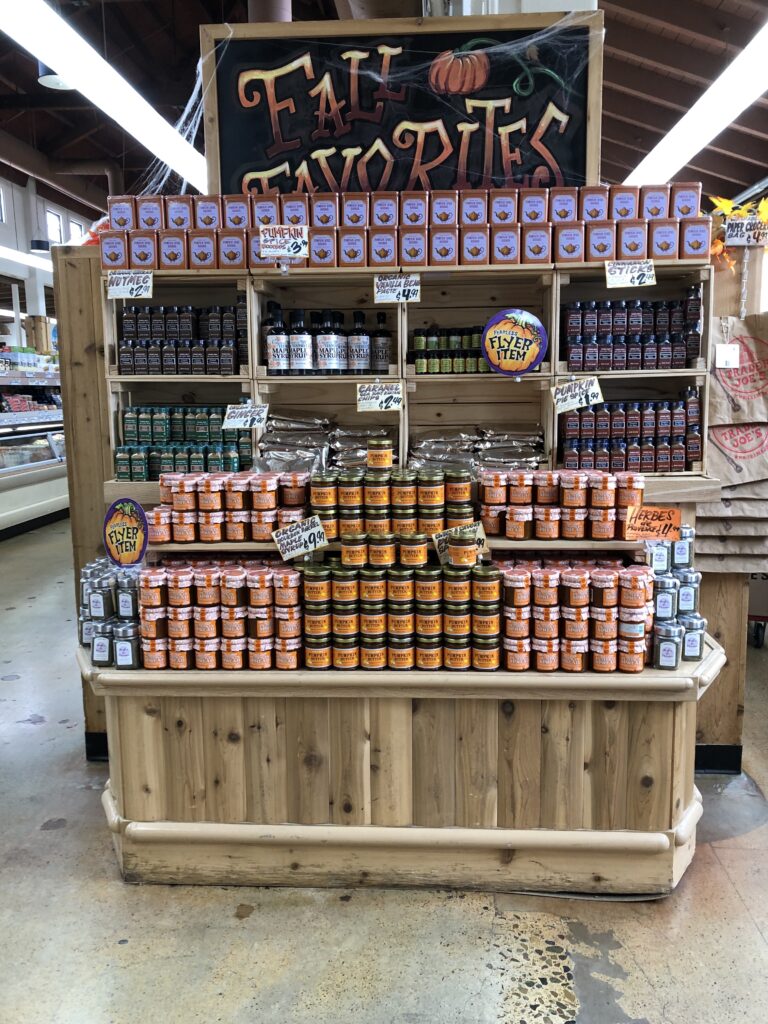
Their products are also quite innovative, from TJ’s Everything but the Bagel Seasoning (an idea that has widely spread to other brands) to their infamous cauliflower gnocchi.
Plus their Fearless Flyer promotes their new products and develops more of a following. One thing to keep a business going is to keep changing. In Trader Joe’s case, they show it doesn’t need to be in the exact same way everyone else does.
Trader Joe’s Labeling
As you’ve probably seen the majority of products in the store have Trader Joe’s written as the brand; 80% to be exact. Funny enough, they don’t actually have their own factory they are just privately labeled through contracts.
A grocery store having its own brand isn’t something new though. Whole Foods has 365, Costco owns Kirkland, and Smart&Final has First Street.
The difference with Trader Joe’s is that their brand is the primary brand on items. When we go to Sprouts or Whole Foods, it’s often for items from other brands.
TJ’s strategy in turn brings loyalty to their own brand and returning customers. It makes you feel you can’t buy those products you love from them anywhere else.
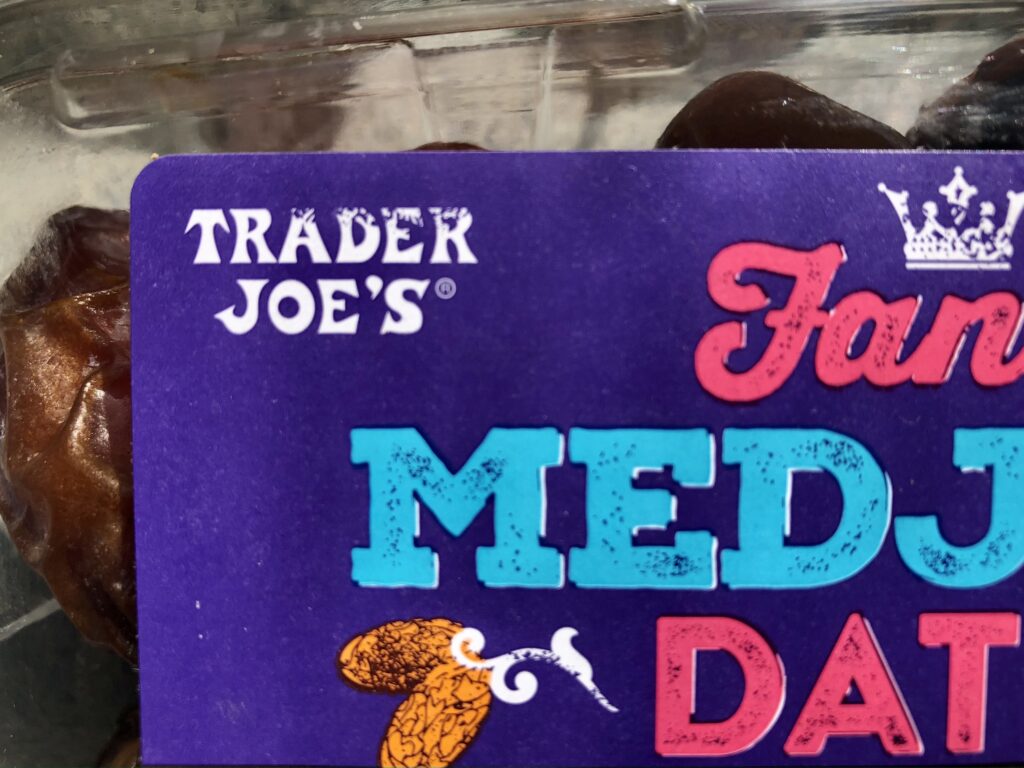
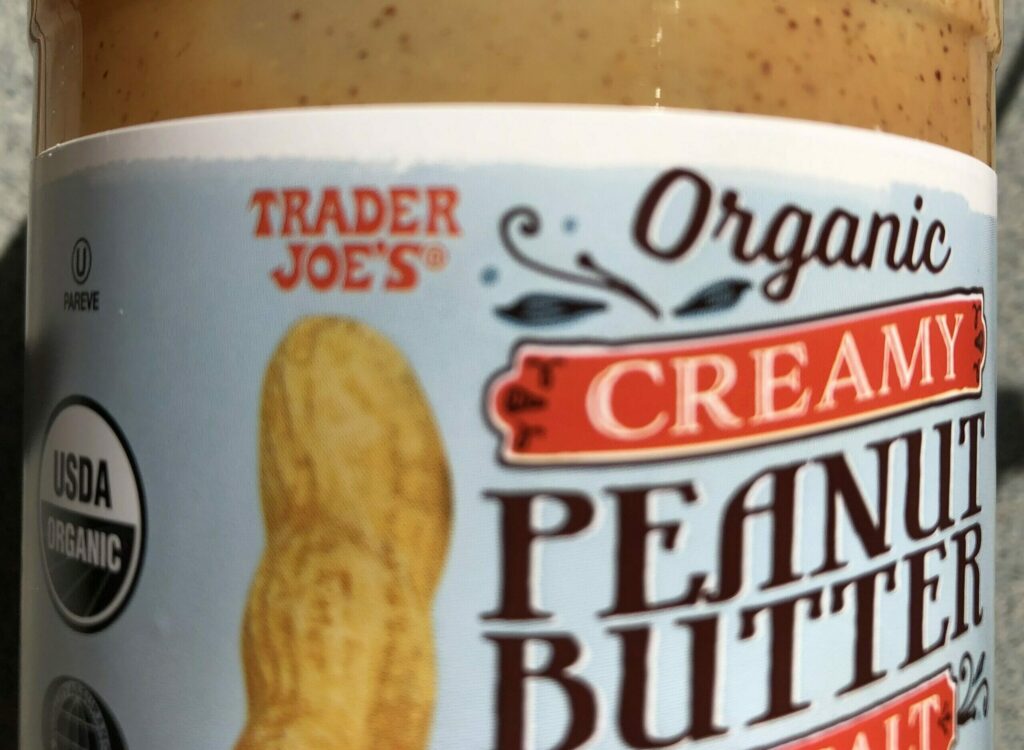
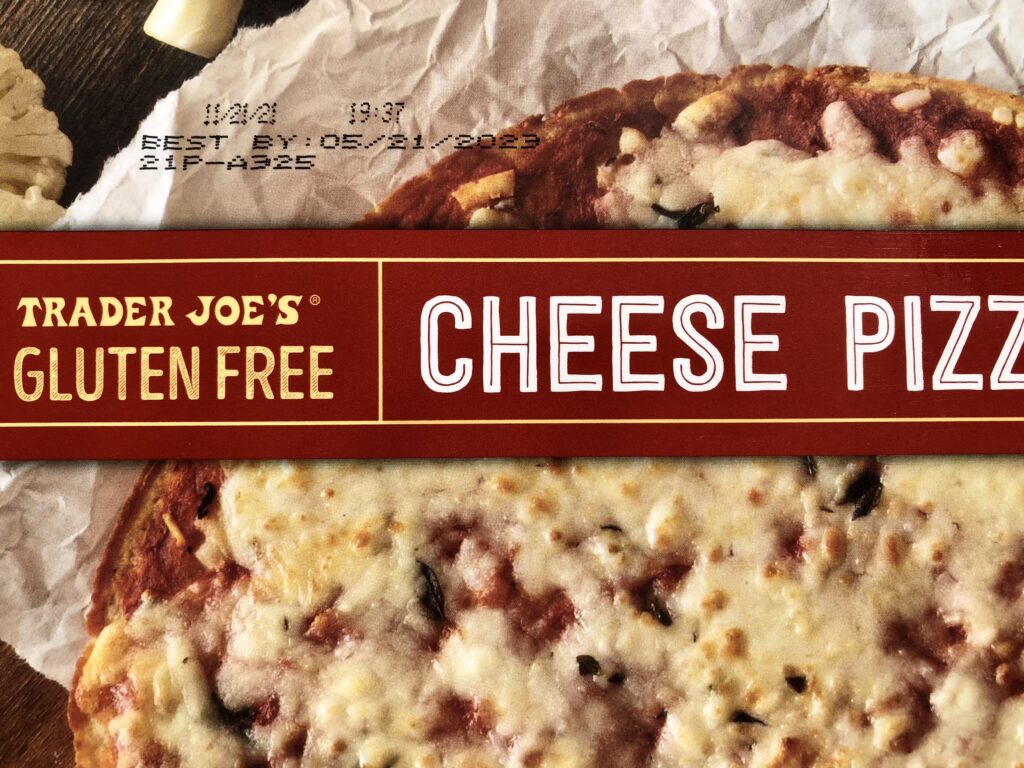


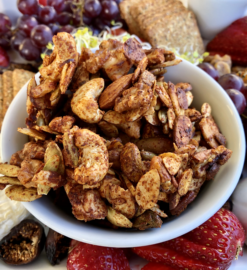

Leave a Reply